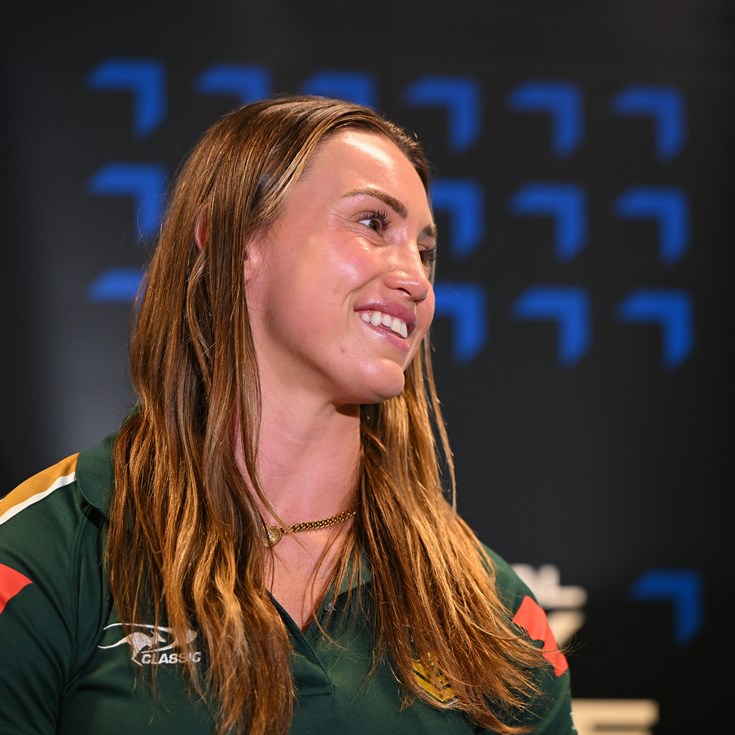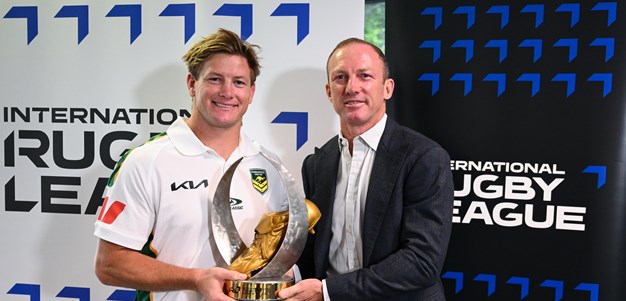
The Queensland Rugby League has established a new Boundaries Committee as it strives to provide the best possible experience for participants within one of the South East's major population growth corridors.
Chaired by QRL independent director Naomi McCarthy, the committee will undertake an extensive consultation process with key stakeholders, including leagues and clubs.
This commences next week with an initial meeting with league boards from across South East Queensland.
With significant population growth forecast for the northern Gold Coast, Logan and Ipswich areas, McCarthy said a review of the current boundaries was necessary.
“Our charter is to provide the best possible strategic advice and to deliver positive outcomes for community rugby league as well as our statewide competitions,” McCarthy said.
“Essentially, we’re here to look at what an ideal local league may look like. We also want to make sure we have sustainable competitions that are administered effectively and efficiently to meet community needs.”
Joining McCarthy on the committee are QRL managing director Robert Moore, state operations manager Darren Schooth and South East representatives Brad Tallon (region chair) and Adam Vanzanten (region manager).
Moore said the committee was eager to hear the views of all stakeholders through group meetings and surveys.
“We’ve only taken small steps so far by forming the committee, but with the support of our South East delegates, who are passionate about their region, we feel the committee is well positioned to make a positive impact,” Moore said.
“I believe it’s important to recognise as well that our teams are making some great progress on numerous projects and initiatives like this one while our competitions are suspended due to the current COVID-19 health emergency.”
Moore said a key objective of the Boundaries Committee was to ensure NRL standards of club governance, operations and facilities were maintained.
“I think it’s also important to recognise that this project isn’t about being critical of any current leagues or structure,” Moore said.
“It’s about exploring ways to deliver better experiences for all and acknowledging the fact that it has been about 40 years since the game has collectively reviewed these boundaries.
“In that time the demographics of these areas have naturally changed.
“The area under review is a high population growth corridor with the population expected to grow by close to 12 per cent by 2021 and further 12 per cent by 2031.”





